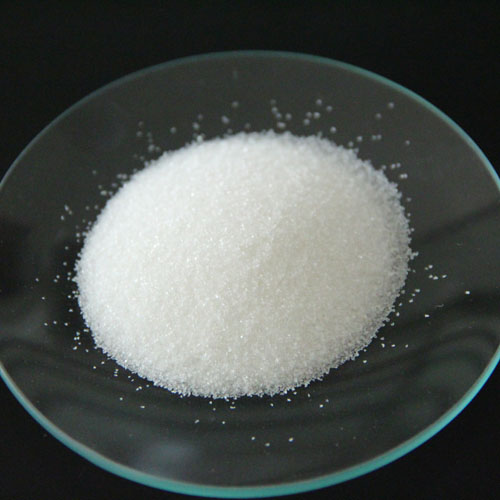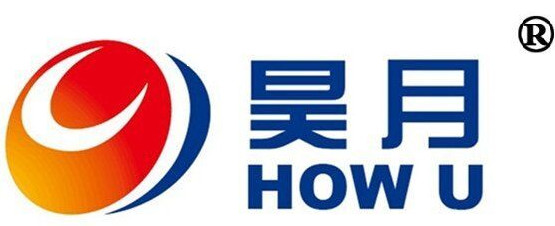What is Super Absorbent Polymer Made Of?
10/03/2019Sodium Polyacrylate-Basic Edition
30/04/2019
how to make super absorbent polymer
Introduction
Super absorbent polymer (SAP), also known as super absorbent, is a new type of functional polymer material. The self-quality that can be achieved by multiples of water absorption rate is even thousands of times. The original superabsorbent resin was a starch-grafted starch nylon copolymer developed by the US Department of Education's Northern Institute in 1974, but in the early 1980s, Japan's superabsorbent resin development technology replaced intervention technology. Although the development time of superabsorbent resin has been shortened, the development in all aspects is very rapid. For example, in 1983 the total world production was 6,000 tons. By 1987, Japan's output reached 36,000 tons. At present, there are 30 -40 superabsorbent resin manufacturers in the world, mainly distributed in Japan, the United States, and Europe. Products from starch-grafted starch nylon to starch-grafted acrylic, cross-linked cellulose, polyacrylate, copolymer, polyether, polyurethane, etc .; the water absorption rate of high water absorption resin increased from 100 times in the 1980s to the current 4 to 5000 times. Gradually realized the time-lapse of the development of superabsorbent resin (beginning in the early 1980s), but the research has produced dozens of production units, and the revenue of superabsorbent resin has reached dozens. In 1999, production increased by nearly 1,000 tons, but problems such as uniformity and uneven quality still exist. It has become a high-functional product, and some content indicators are high.
Super absorbent polymer (SAP), also known as super absorbent, is a new type of functional polymer material. The self-quality that can be achieved by multiples of water absorption rate is even thousands of times. The original superabsorbent resin was a starch-grafted starch nylon copolymer developed by the US Department of Education's Northern Institute in 1974, but in the early 1980s, Japan's superabsorbent resin development technology replaced intervention technology. Although the development time of superabsorbent resin has been shortened, the development in all aspects is very rapid. For example, in 1983 the total world production was 6,000 tons. By 1987, Japan's output reached 36,000 tons. At present, there are 30 -40 superabsorbent resin manufacturers in the world, mainly distributed in Japan, the United States, and Europe. Products from starch-grafted starch nylon to starch-grafted acrylic, cross-linked cellulose, polyacrylate, copolymer, polyether, polyurethane, etc .; the water absorption rate of high water absorption resin increased from 100 times in the 1980s to the current 4 to 5000 times. Gradually realized the time-lapse of the development of superabsorbent resin (beginning in the early 1980s), but the research has produced dozens of production units, and the revenue of superabsorbent resin has reached dozens. In 1999, production increased by nearly 1,000 tons, but problems such as uniformity and uneven quality still exist. It has become a high-functional product, and some content indicators are high.
Cross-linked water-soluble synthetic resin
The synthesis of superabsorbent resins using water-soluble synthetic resins as raw materials is currently the dominant one. Its advantages are that it overcomes the shortcomings of modification after natural polymer grafting, and it is rich in raw materials. The disadvantage is its high cost. The specific synthesis method is: Cross-linking modification of polyvinyl alcohol: mainly through the cross-linking of acid anhydride, and introduce -COONa group. The characteristic is that the water absorption performance is adjustable.
Cross-linking modification of polyacrylamide: mainly phosphoric acid, maleic anhydride, phthalic anhydride, etc. are cross-linked with polyacrylamide by radiation or initiator. If sodium acrylate is copolymerized with acrylamide to obtain water absorption Highly absorbent resin with an amount of up to 2000g / g. Modification of polyacrylonitrile: mainly through acrylonitrile copolymerization with methacrylic acid, N-methylol acrylamide, spinning, and then sulfuric acid impregnation to obtain fibrous water-absorbing resin.
Modification of polyacrylic acid: mainly produced by aqueous solution polymerization or reversed-phase suspension polymerization of acrylate monomers, and its output is the largest. As the crosslinking method, crosslinking agent crosslinking, self-crosslinking, ion crosslinking, etc. can be used.
Super Absorbent Polymer Product
The synthesis of superabsorbent resins using water-soluble synthetic resins as raw materials is currently the dominant one. Its advantages are that it overcomes the shortcomings of modification after natural polymer grafting, and it is rich in raw materials. The disadvantage is its high cost. The specific synthesis method is: Cross-linking modification of polyvinyl alcohol: mainly through the cross-linking of acid anhydride, and introduce -COONa group. The characteristic is that the water absorption performance is adjustable.
Cross-linking modification of polyacrylamide: mainly phosphoric acid, maleic anhydride, phthalic anhydride, etc. are cross-linked with polyacrylamide by radiation or initiator. If sodium acrylate is copolymerized with acrylamide to obtain water absorption Highly absorbent resin with an amount of up to 2000g / g. Modification of polyacrylonitrile: mainly through acrylonitrile copolymerization with methacrylic acid, N-methylol acrylamide, spinning, and then sulfuric acid impregnation to obtain fibrous water-absorbing resin.
Modification of polyacrylic acid: mainly produced by aqueous solution polymerization or reversed-phase suspension polymerization of acrylate monomers, and its output is the largest. As the crosslinking method, crosslinking agent crosslinking, self-crosslinking, ion crosslinking, etc. can be used.
Super Absorbent Polymer Product
